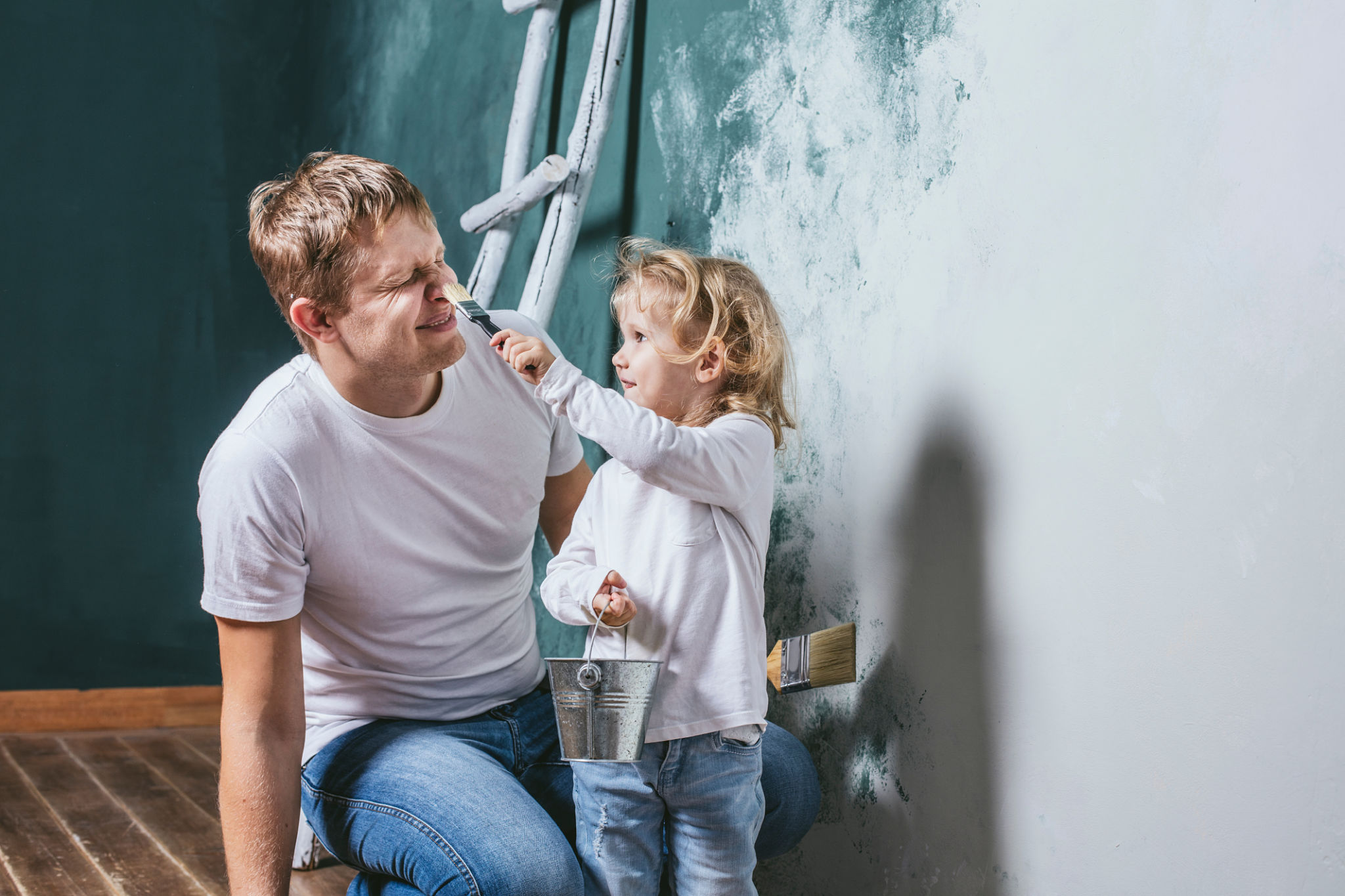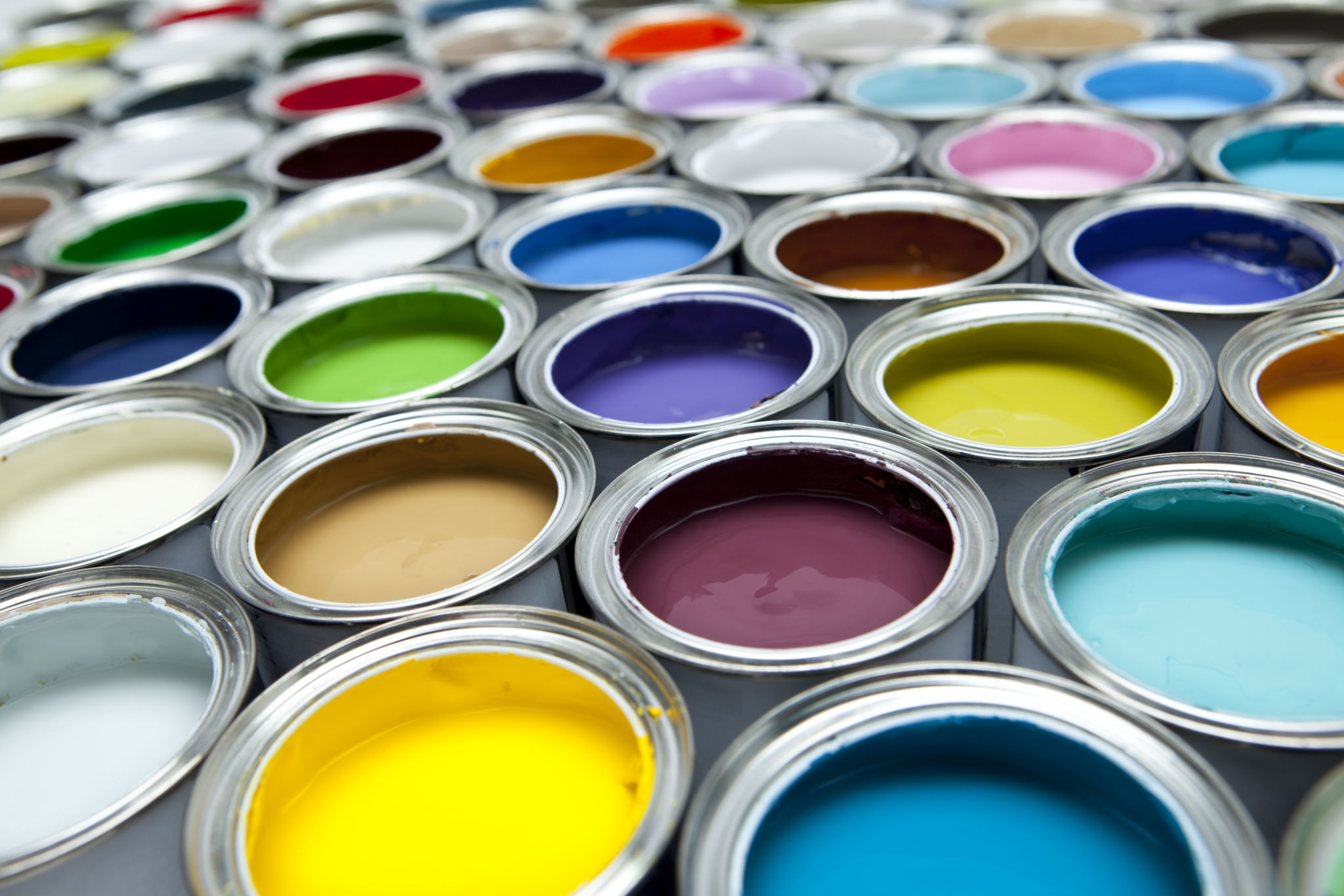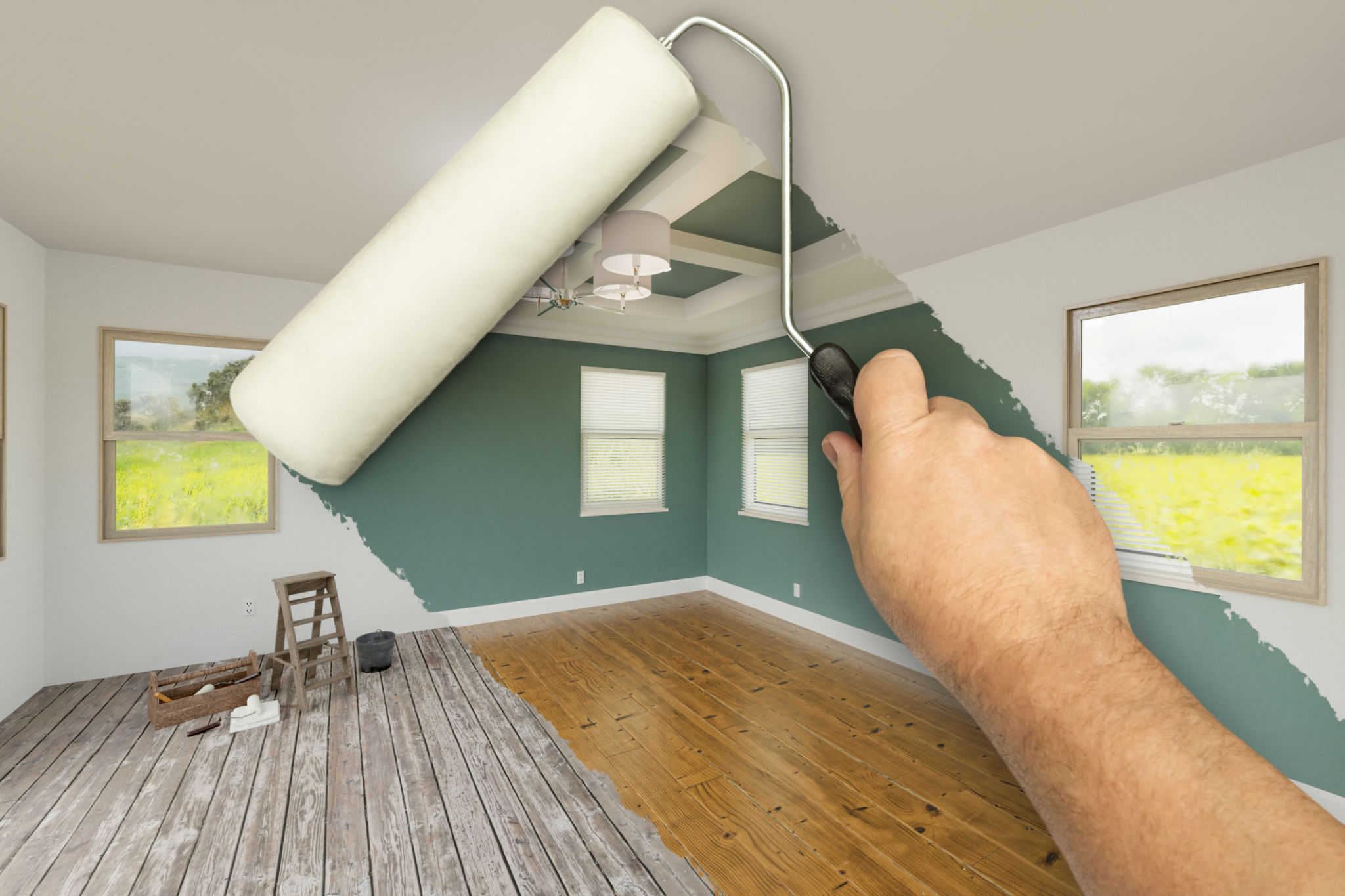Step-by-Step Guide to Eco-Friendly Interior Painting
Introduction to Eco-Friendly Interior Painting
Choosing to paint your home can be an exciting renovation project, but it also presents an opportunity to make environmentally conscious decisions. Eco-friendly interior painting not only helps in reducing carbon footprints but also ensures a healthier living environment. This guide will walk you through the process of painting your home interiors in a sustainable way.
Why Choose Eco-Friendly Paint?
Eco-friendly paints are formulated to have lower levels of volatile organic compounds (VOCs) which are known to cause health issues. By opting for these paints, you contribute to better indoor air quality and reduce the harmful effects on both your health and the environment. Additionally, these paints often provide the same quality and durability as conventional options.

Preparing Your Space
Before you start painting, it's important to prepare your space properly. This ensures a smooth painting process and a better finish. Here's how you can do it:
- Clear the Area: Remove all furniture and cover floors with drop cloths or old sheets.
- Clean the Walls: Use a mild detergent solution to wipe down walls, removing dust and grease.
- Repair Imperfections: Fill in any cracks or holes with spackling paste and sand them down for a smooth surface.
Selecting Eco-Friendly Paints
When selecting eco-friendly paints, look for certification labels such as Green Seal or Greenguard. These certifications ensure that the paint meets strict environmental standards. Additionally, choose paints with low or zero VOCs. Many brands now offer a wide range of colors in their eco-friendly lines, so you don’t have to compromise on aesthetics.

Tools You Will Need
Gathering the right tools will make your painting project more efficient and enjoyable. Here’s what you’ll need:
- Brushes and Rollers: Opt for high-quality brushes and rollers for even application.
- Painter's Tape: Use this to protect trim and edges for clean lines.
- Paint Tray: A sturdy paint tray will help manage your paint usage without spills.
- Ladder: Ensure you have a safe and sturdy ladder to reach higher areas.
The Painting Process
Once everything is set, it’s time to start painting:
- Prime the Walls: If needed, apply an eco-friendly primer to ensure the paint adheres well.
- Start with Edges: Use a brush to paint the edges and corners before using a roller for larger areas.
- Roll the Walls: Apply paint in a ‘W’ pattern with a roller for even coverage.
- Apply Second Coat: For best results, two coats of paint are recommended.

Cleaning Up Responsibly
After finishing your painting project, it's essential to clean up responsibly. Wash brushes and rollers with water in a designated cleaning area and allow them to dry for future use. Properly dispose of any unused paint by checking local disposal guidelines, as many communities offer recycling programs for paint products.
Conclusion
By following these steps, you can achieve a beautiful interior finish while being kind to the planet. Eco-friendly painting is not only beneficial for the environment but also enhances the quality of life within your home. Embrace sustainable choices and enjoy a healthier living space!